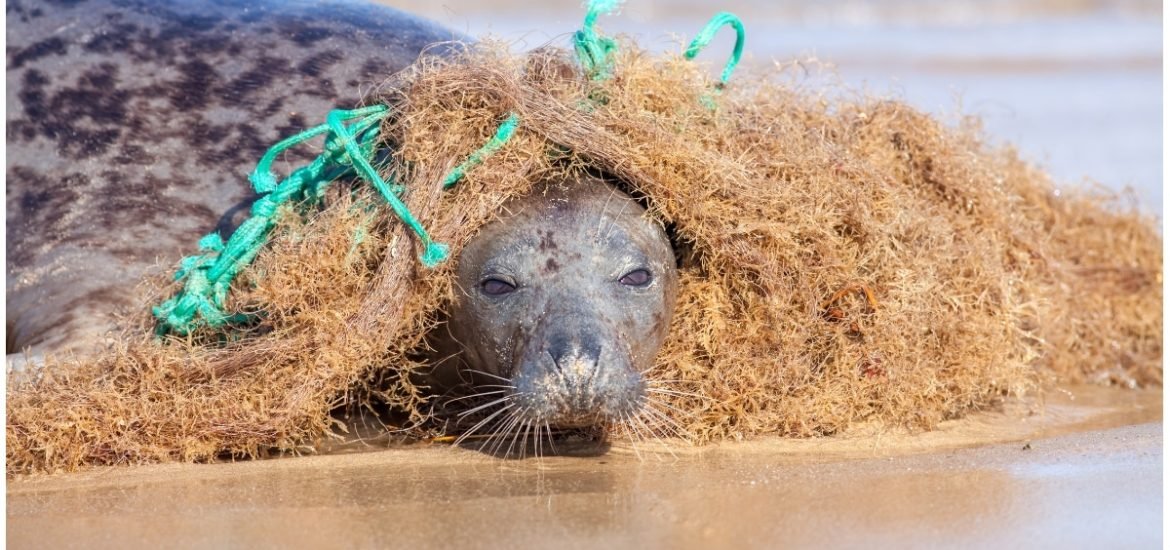
The 2018 Living Planet Report released by the WWF on 29 October has found that global wildlife populations have fallen by a massive 60 per cent since 1970, according to the Living Planet Index (LPI). The decline has been mainly driven by humans. In particular, the overuse of natural resources, poaching, human-induced climate change, and pollution of land and seas―resulting in rising global temperatures and the loss of habitats―are having a devastating impact on the natural world. According to the WWF, the rapid disappearance of wildlife populations is “an urgent sign that nature needs life support.” They point to the need for an ambitious global deal, similar to the Paris Climate Pact, aimed at preventing further damage to the natural world.
Scientists have been monitoring changes in the populations of thousands of animal species around the world over the past 20 years. The LPI of the Zoological Society of London, which tracks the abundance of wildlife, is an important gauge of the Earth’s ecological status based on scientific data from 16,704 populations studied from 4,005 vertebrate species all over the world, including mammals, birds, fish, amphibians, and reptiles. The latest index suggests stocks of vertebrate species have more than halved in 44 years and are currently declining at an average rate of two per cent each year. The worst decline has been seen in tropical areas, as well as species living in freshwater habitats, such as frogs and river fish, with a global decline of 83 per cent.
Humans have had a greater impact on the Earth than any other species, despite only being around for a minuscule amount of time, 200,000 years compared to the 4.5 billion years of our planet’s history. The WWF states that “current efforts to protect nature are not ambitious enough to match the scale of the threat our planet is facing.” Authors of the report are calling for “a new global deal for nature and people to halt wildlife decline and tackle deforestation, climate change and plastic pollution.” They add that this must be “backed by concrete commitments from global leaders and businesses to tackle wildlife loss, climate change and development in an integrated way.”
According to the report, the main drivers of biodiversity decline continue to be the overexploitation of species, agriculture, and land conversion. One of the greatest impacts is the “exploding” levels of human consumption, and the unprecedented planetary change we are witnessing is the result of increased demand for energy, land, and water. The biggest challenge we face will be feeding the growing global population while protecting nature and preventing climate change. The report points to the fact that all human economic activity ultimately depends on nature, which is not just “nice to have” but is a necessity―natural resources are estimated to provide services worth $125 trillion a year globally.
Ester Asin, Director of WWF’s European Policy Office points out that “we cannot build a prosperous future for Europe and its citizens on a depleted planet, so economic and environmental agendas must converge if we are to build a sustainable Europe for all.” She urges Europe to lead by example by “adopting an ambitious post-2020 EU diversity strategy” and also “taking decisive actions at home and driving a new global deal.” Moreover, the United Nations agreement to review progress on sustainable development and conserving biodiversity by 2020 will offer an opportunity to take action. As WWF chief executive Tanya Steele has highlighted, “We are the first generation to know we are destroying our planet and the last one that can do anything about it.”